So I know where I am and what I'm looking at for my upcoming visit to the inward nine I've been looking quite closely at some maps and images. I thought some of you may enjoy having a look at the imagery as well. I'm also trying to determine the quality of the inward part. It is clear that the outward nine is a very fine piece of work. Is the back a worthy companion? It is only in looking at this that I realized I haven't played a Ross where the two halves of the course didn't really go together. I've played a lot of Ross courses and not all were high quality - but even with those courses the two sides of the course always melded together quite well. That is not the case with all architects work.
The first thing to note about the inward half is that it was abandoned (probably in the late Thirties) and was modified as well as restored by Avery Rockefeller (who succeeded his father as estate squire) in the Fifties. There were three significant alterations: the 510 yard 11th hole was divided into two holes. It became a 372 yard par-4 (the 11th) and a 140 yard par-3 (the 12th). The second major change is that the original 146 yard 14th was abandoned. The third major change is that the gargantuan 585 yard 15th was seriously shortened to become a par-4. (That 585 yard hole was designed in 1913, mind you.) Other than the abandoned 14th there was apparently no change in the routing. The rest of the holes play pretty much the same as when Ross originally designed it.
If a restoration was going to take place and it was up to me I would without a doubt go back to the original version.
Let's have a look at the images and see if we can determine the quality of the inward nine.
Here we have an early photograph of how it originally played. The 14th is just out of range at the top. As you can see the 15th was practically joined to the polo field.

Here is a look at the 423 yard 10th as it was - with the tee bottom right.
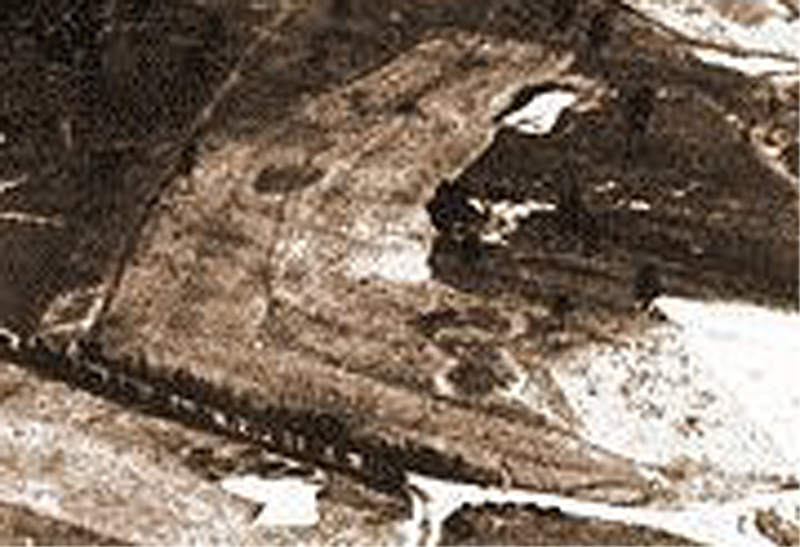
10th tee today: As usual, photography doesn't convey the drama of the contours because I clearly remember being struck by the dip in the fairway being more striking than it appears here.

(I didn't know what it was on my first visit - and it is the only photo of the back thus far.)
An old view of the 510 yard 11th.

Most of the interesting terrain of the 11th is short right of the green. That ground would catch the ball that rolls too closely and take it down the hill a ways.

As you can see from this comparison of the original 411 yard 12th to the more modern version, it plays pretty much the same. That is, disregarding the unappealing tree growth. That is largely the story of the entire back nine.

Here is a look at the 12th from a short distance in front of the tee. That land really moves.

It is 264 yards from the tee to the front edge of the water on the 338 yard 13th. It is a straight away tee shot but the land falls sharply about 200 yards out.
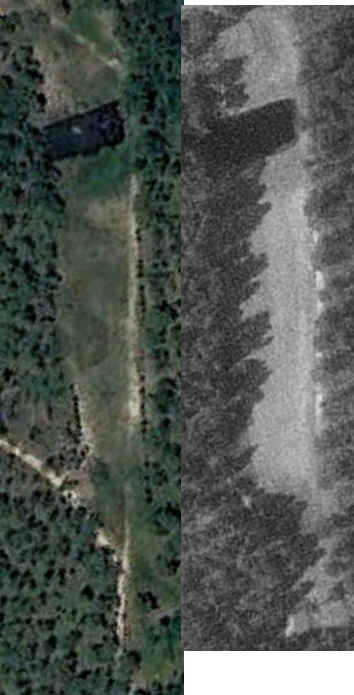
A view from off the left side gives you an idea of the land of the 13th moves.

Looking back from the 13th green.
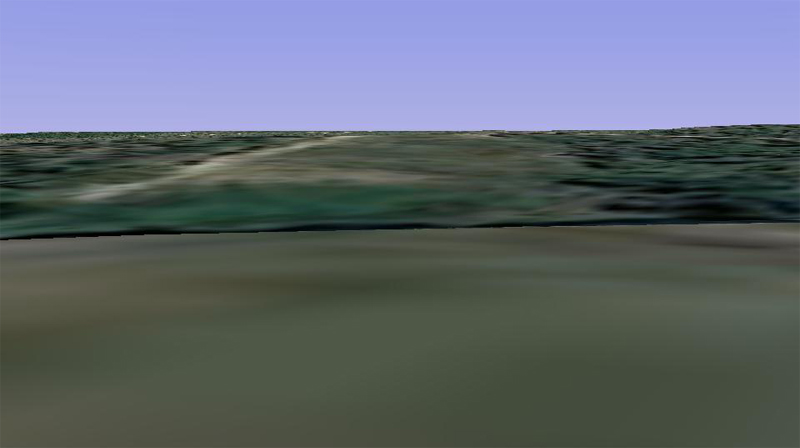
From the original 1913 map below you can see where the 14th was in relation to the 13th. It seems uncharacteristic of Ross to have you walk a distance from the green to the next tee. The 14th was abandoned in the Fifties when they chopped the 11th into two holes. Note that as with the 4th hole it was originally a stream rather than a pond.

At 585 yards the original 15th had to be one of the longest holes in the world for 1913 - perhaps even the longest? It doesn't appear that Ross put much serious challenge in the hole other than pure distance. Below is a view looking back from the 15th green. I bet the land moves more than it appears here. I'll find out soon.
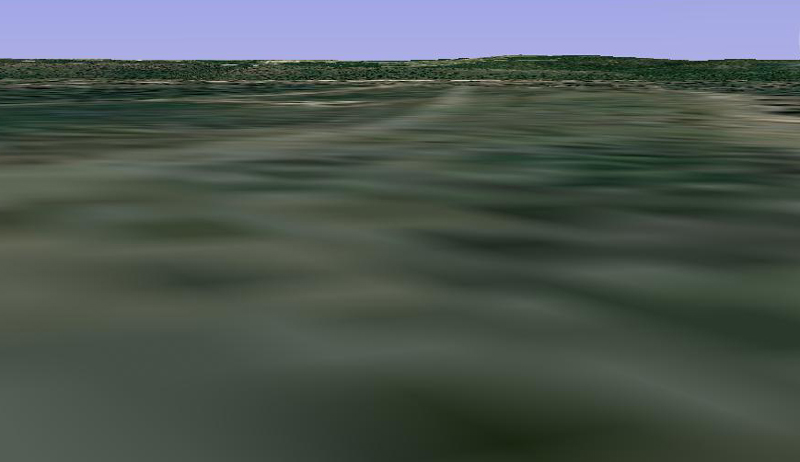
The 395 yard 16th hole. Modern view.
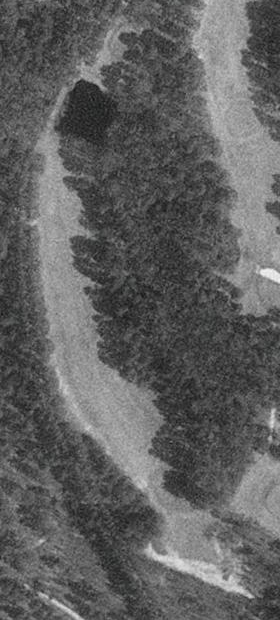
Looking back from the 16th green you can see that there are yet more interesting twists and turns on the inward land.

Modern aerial of the 371 yard 17th.
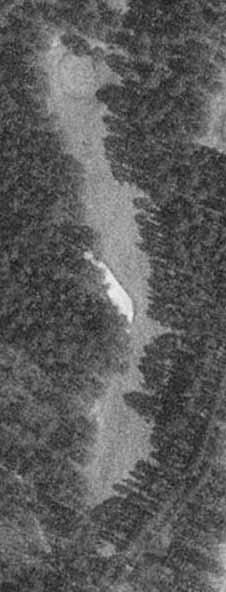
Look how much more open it was originally. More fun, more strategy. Green bottom right.
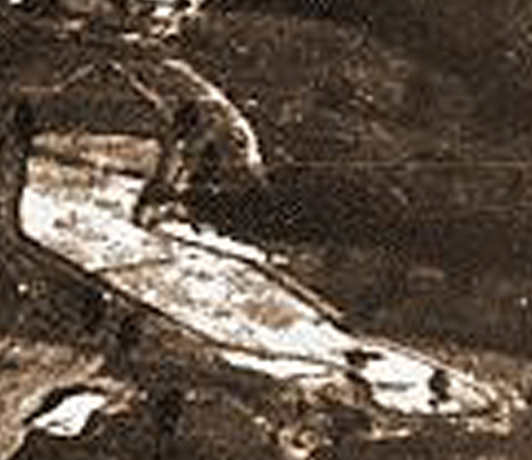
View from the 17th tee - seriously undulating land here.
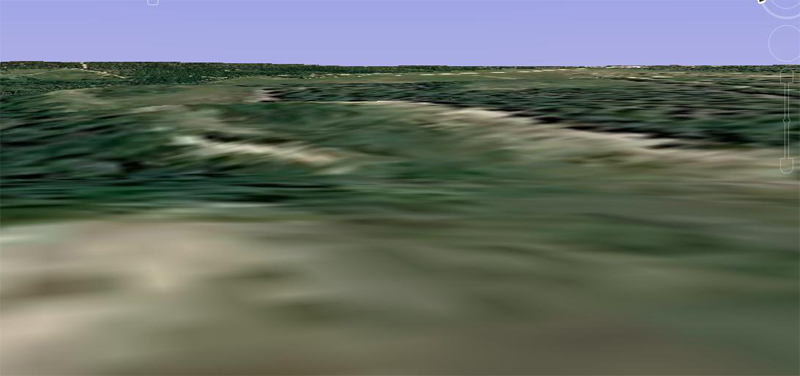
Not only does the 17th cant dramatically right to left - it also goes up and down the hills. View from off the left side of fairway.

The 338 yard 18th - green at top.
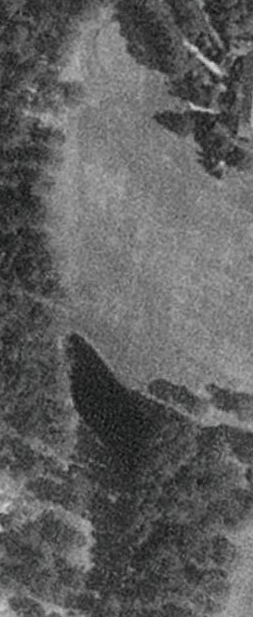
Early overview of the 18th.
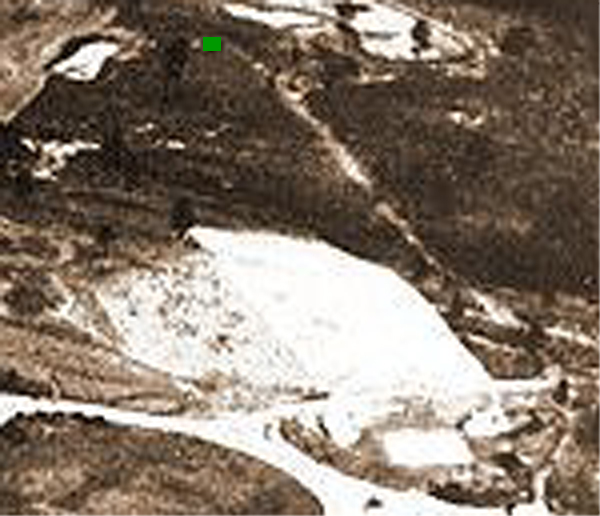
View from the 18th tee. Remarkable terrain. From the tee the land falls then rises - canting significantly right to left. An interesting hole to be sure.

Looking back from the 18th green.
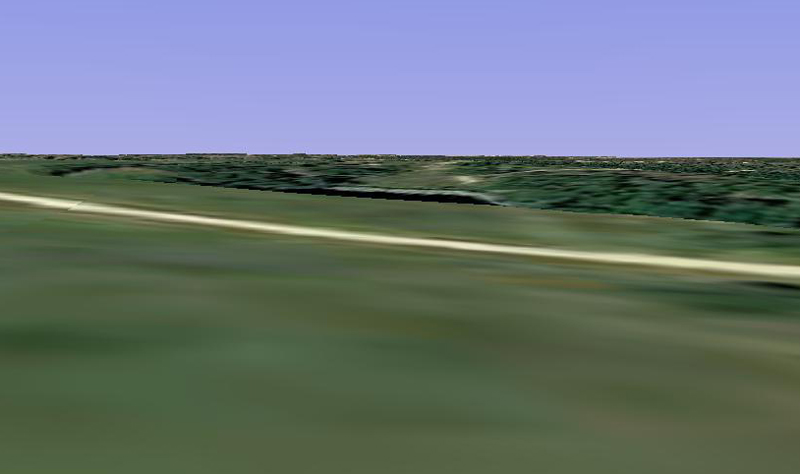
And so...from looking at the above images it appears to me that the inward nine is a worthy companion to the outward half. The inward clearly does not have a lack of compelling terrain - and Ross appears to have fashioned an interesting loop from that land.
In reading about the course it was not apparent that the back had the merit that the front did. It seemed that if there was a restoration that it may perhaps be best just to save the celebrated front. However, after studying the inward nine closely I would have to recommend preserving that as well.